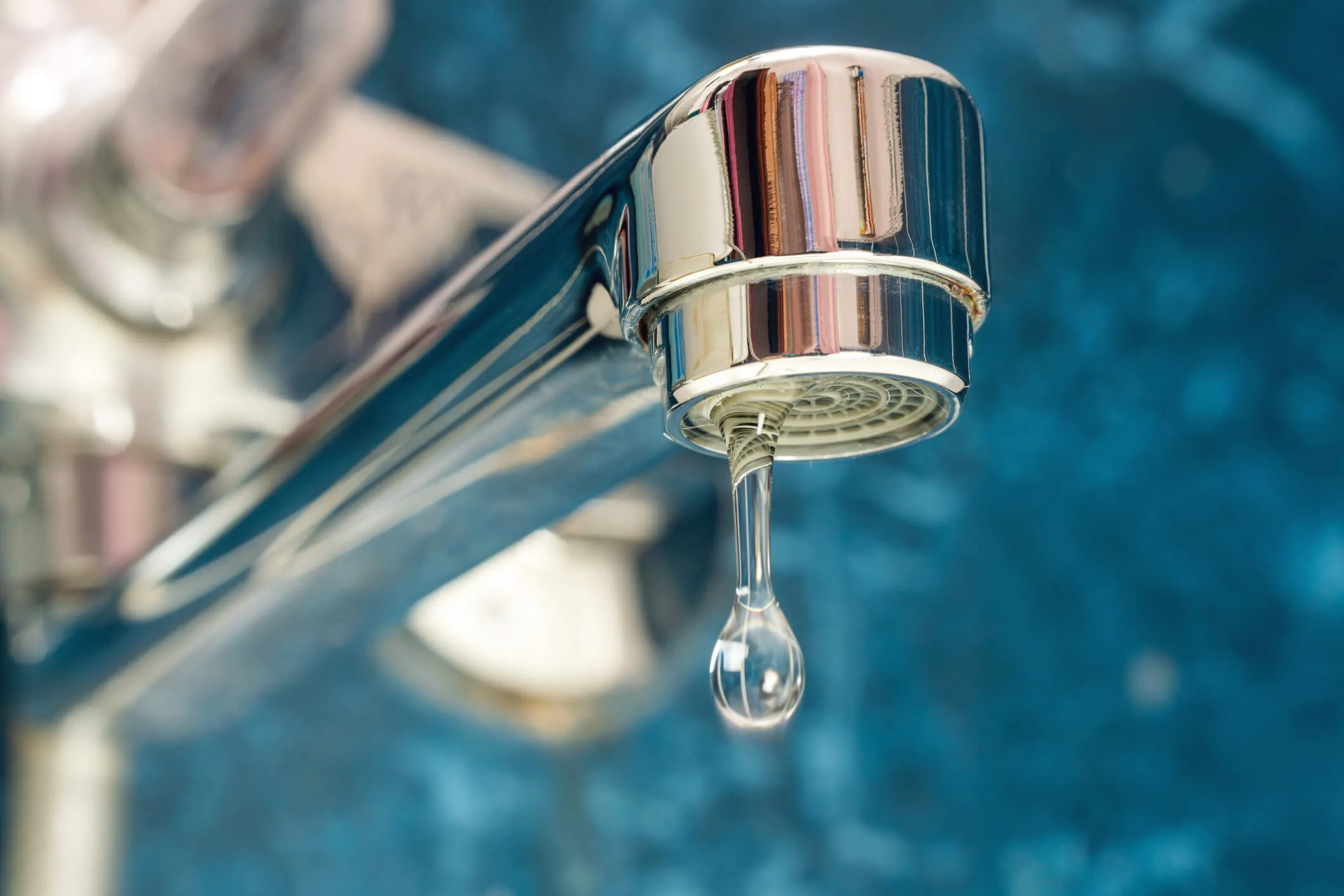Eco-Friendly Plumbing Fixtures Save Water and Energy: Here’s How
Saving water and energy is a smart and eco-friendly move for your budget and the environment. Low-flow plumbing fixtures offer an excellent solution to cut down on water consumption without sacrificing performance. Find out about the perks of low-flow fixtures, how they differ from previous models and practical tips to conserve even more water in your day-to-day life.
How Much Water Can Low-Flow Fixtures Save?
Low-flow plumbing fixtures first started gaining traction in the 1990s. The movement was largely driven by heightened awareness of water conservation concerns and our environmental footprint. The Energy Policy Act of 1992 set maximum flow rates for faucets, showerheads and toilets across the United Provinces, promoting the public adoption of a new generation of low-flow plumbing fixtures. This legislation helped establish more efficient faucets and showerheads designed for reducing water consumption while preserving performance.
Take into account how much water low-flow fixtures need compared to their older counterparts:
- Faucets: The conventional designs of most faucets flow at about 2.2 gallons per minute (gpm), whereas low-flow faucets lower to 1.5 gpm or less without reducing water pressure.
- Showerheads: The previous standard for showerheads was 2.5 gpm. Low-flow showerheads reduce water use to 2.0 gpm or lower.
- Toilets: Old toilets typically use up to 7 gallons per flush (gpf). In contrast, the current federal standard maximum is 1.6 gpf, with some dual-flush models using as little as 1.28 gpf.
The Designs Enabling Low-Flow Plumbing Fixtures
Low-flow fixtures take advantage of a few different design options to retain performance while using less water. Here’s how they work:
- Aerators: A number of low-flow faucets and showerheads utilize aerators, which mix air with water to maintain pressure while still reducing the volume of water needed.
- Flow restrictors: These devices control the amount of water that moves through the fixture without a major drop in pressure.
- Dual-flush technology: Many low-flow toilets have two flush buttons—one for liquid waste using less water, and a larger flush for solid waste. This further controls water use based on necessity.
Four Advantages of Low-Flow Plumbing Fixtures
Trying low-flow faucets, showerheads and toilets enhances your plumbing’s efficiency in a number of ways:
- Reduced water waste: The EPA’s Water Sense program calculates that you can save 700 gallons of water per year by swapping the existing faucets in your home with new, low-flow versions.
- Cuts to monthly water bills: Low-flow fixtures lower your monthly utility bills by using less water. As a matter of fact, a WaterSense-labeled showerhead can save 4 gallons of water each time you shower, which can really add up across its service life.
- Lower water heating costs: Using less water to shower, cook and clean also means you use less hot water, which further increases your savings by helping cut hot water costs.
- Extended plumbing system life span: Reduced water flow means there’s a much smaller load on your plumbing system, potentially prolonging its life and decreasing the need for repairs.
Tips for Saving Even More Water
While low-flow fixtures are highly effective by themselves, you can go further to conserve water every time you use them. Here are some tips:
- Take shorter showers: Even if you own low-flow showerheads, you can still waste water if you take too long. Speeding up your shower time by a minute or two preserves water and limits energy use.
- Don’t waste water whenever you brush your teeth: Only leave the tap running if you’re actively using it. Once you step away from the sink or spend the time to actually brush your teeth, shut off the faucet to conserve water.
- Use dual-flush toilets efficiently: The dual-flush capability only works for you if everyone using that bathroom knows the right way to use it it. Use the half-flush button for liquid waste and only press the full flush for solid waste. A few newer handle-flush toilets feature dual-flush functionality. A light flush uses less water, while pressing and holding the handle empties the entire tank to wash away solid waste more efficiently.
- Don’t flush trash: Toilets are exclusively designed to accommodate toilet paper and human waste. Flushing any other materials always wastes water and increases the risk of clogs. Do your water bills a favor by always tossing facial tissues, paper towels, cotton balls and feminine hygiene products in the trash.
- Take care of leaks right away: Even low-flow fixtures could eventually leak, wasting more water and lowering efficiency. Make an effort to regularly check for leaks and resolve any you find to maintain your water conservation efforts.
Install Low-Flow Fixtures Today
Interested in an easy way to reduce your water usage and save more money at the same time? A1 Chesney Service Experts is here to help! We install high-performance low-flow faucets, showerheads and toilets to support water and energy conservation. With our 100% satisfaction guarantee, you can rely on us to deliver the exceptional products and services you deserve. The moment you’re ready to upgrade your plumbing fixtures or would like more water conservation tips, please contact us today.

